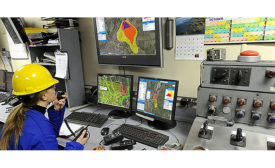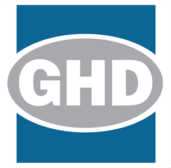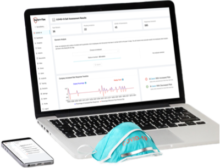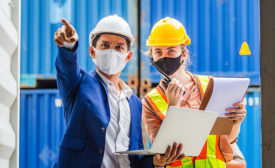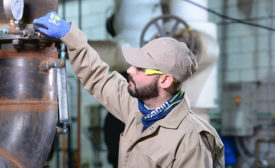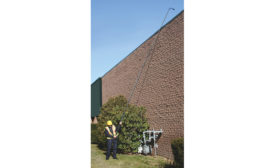Safety Technology
Cover Story
Pandemic best practices and new technologies
Consider these 12 practices from the field; stay abreast of breakthrough technologies
September 16, 2020
Never miss the latest news and trends driving the safety industry
eNewsletter | Website | eMagazine
JOIN TODAYCopyright ©2024. All Rights Reserved BNP Media.
Design, CMS, Hosting & Web Development :: ePublishing


